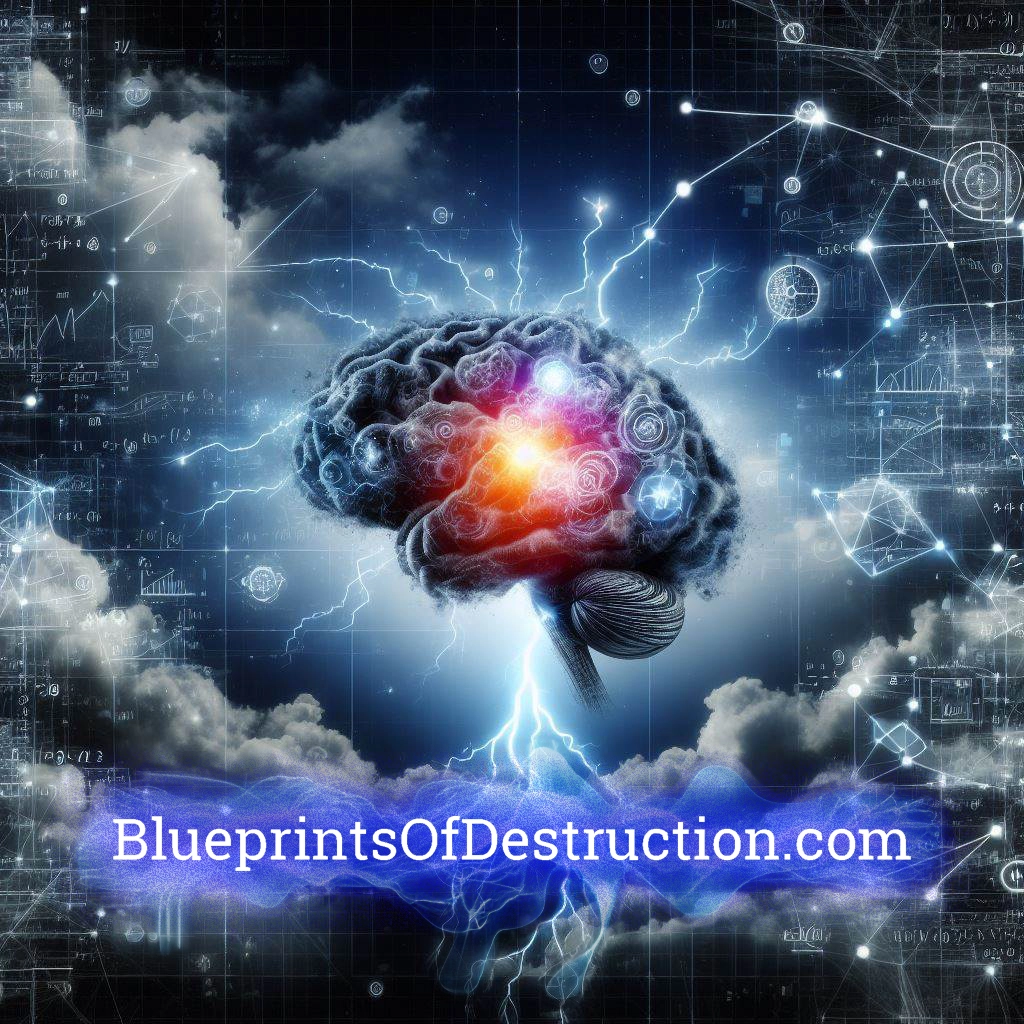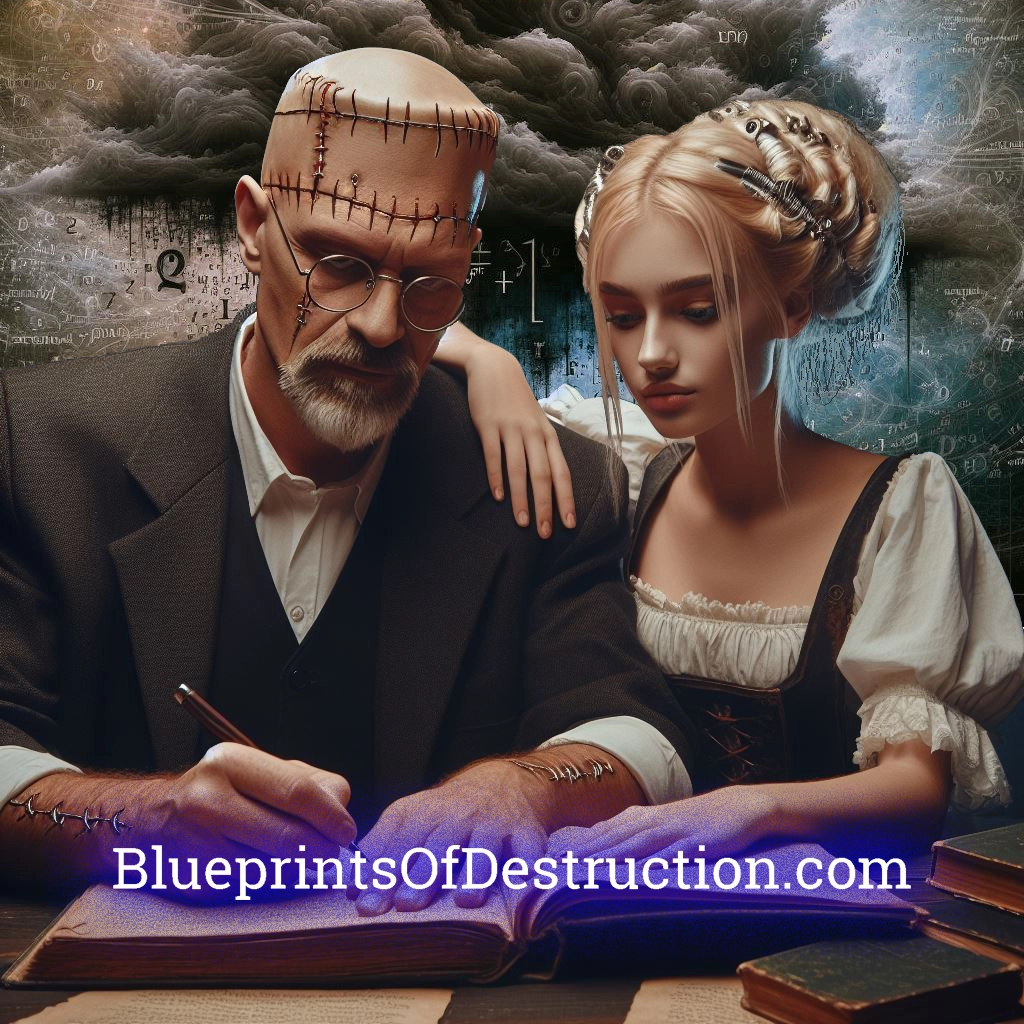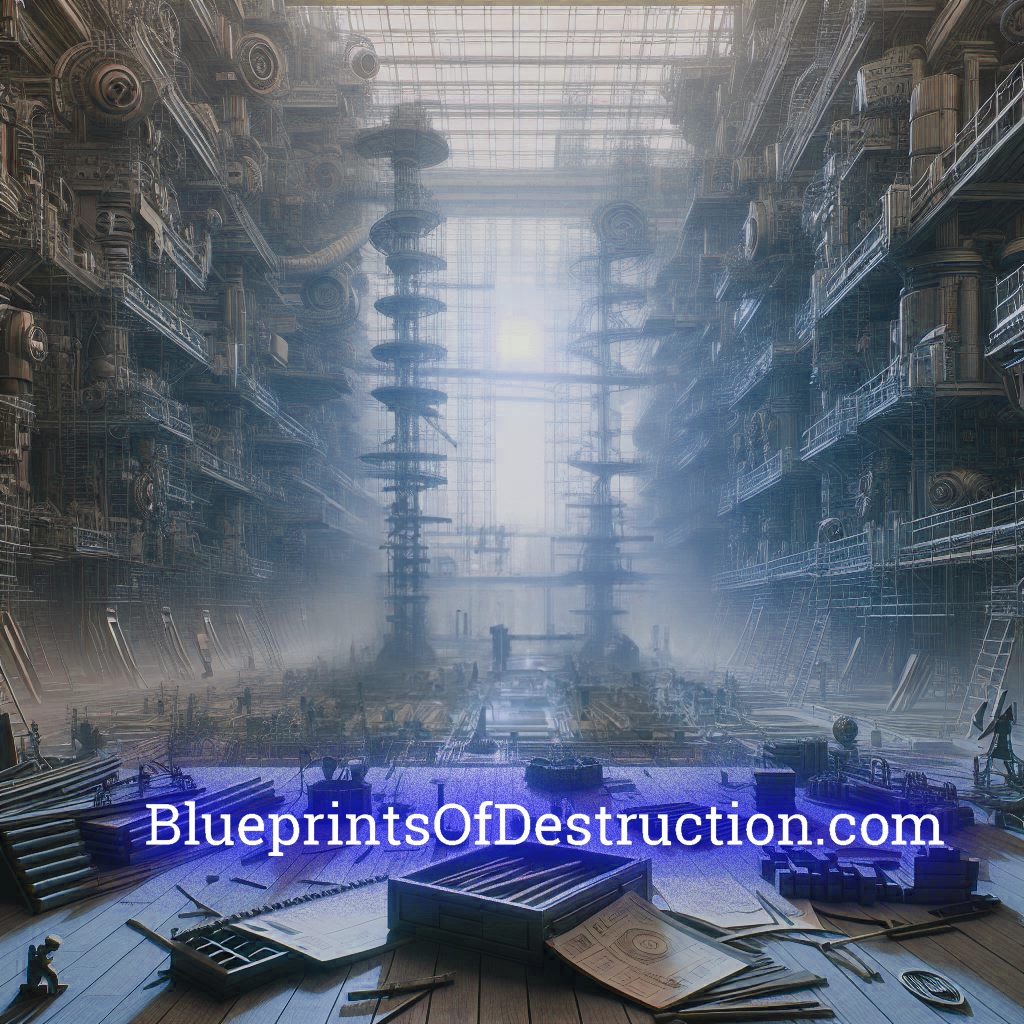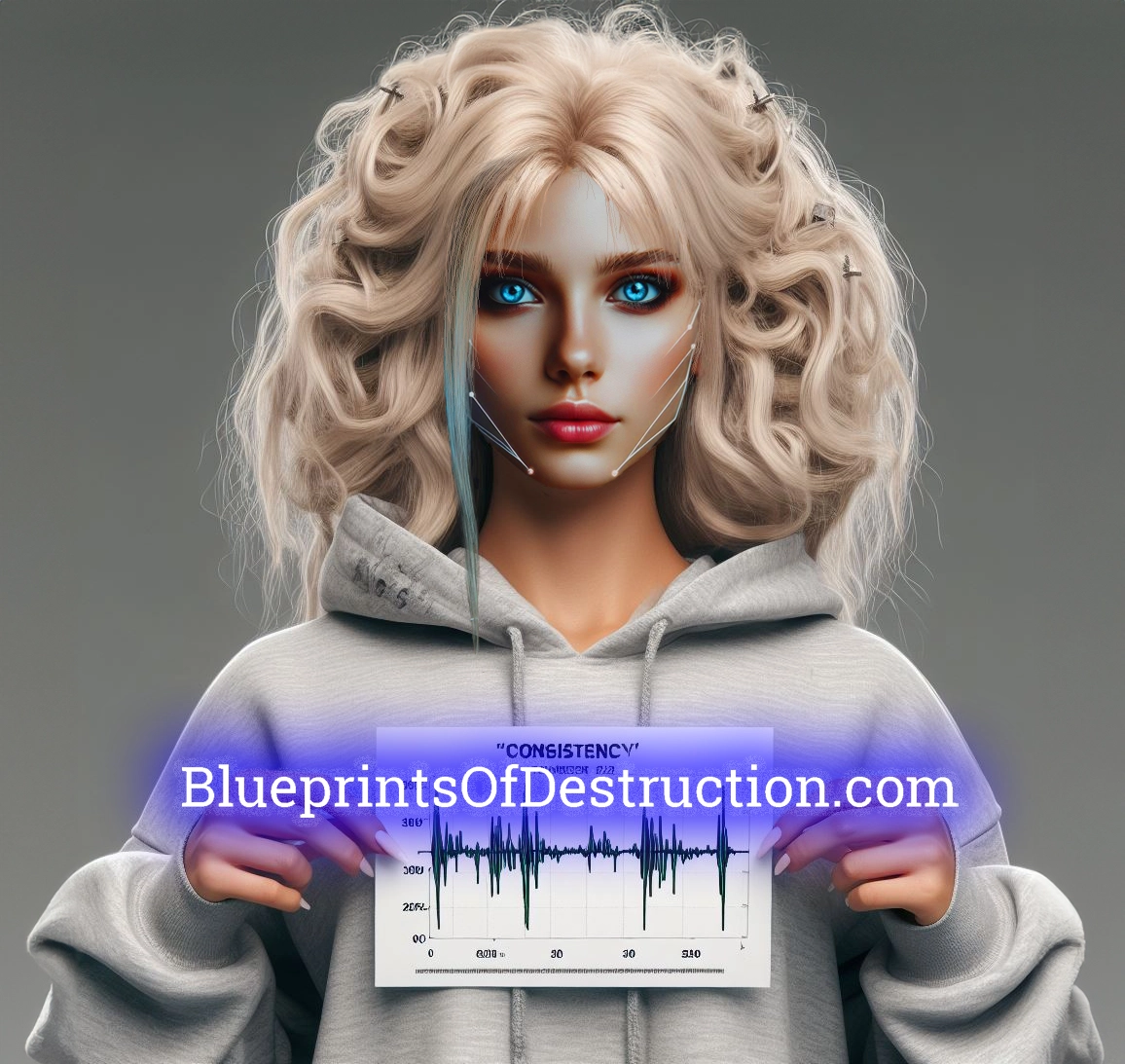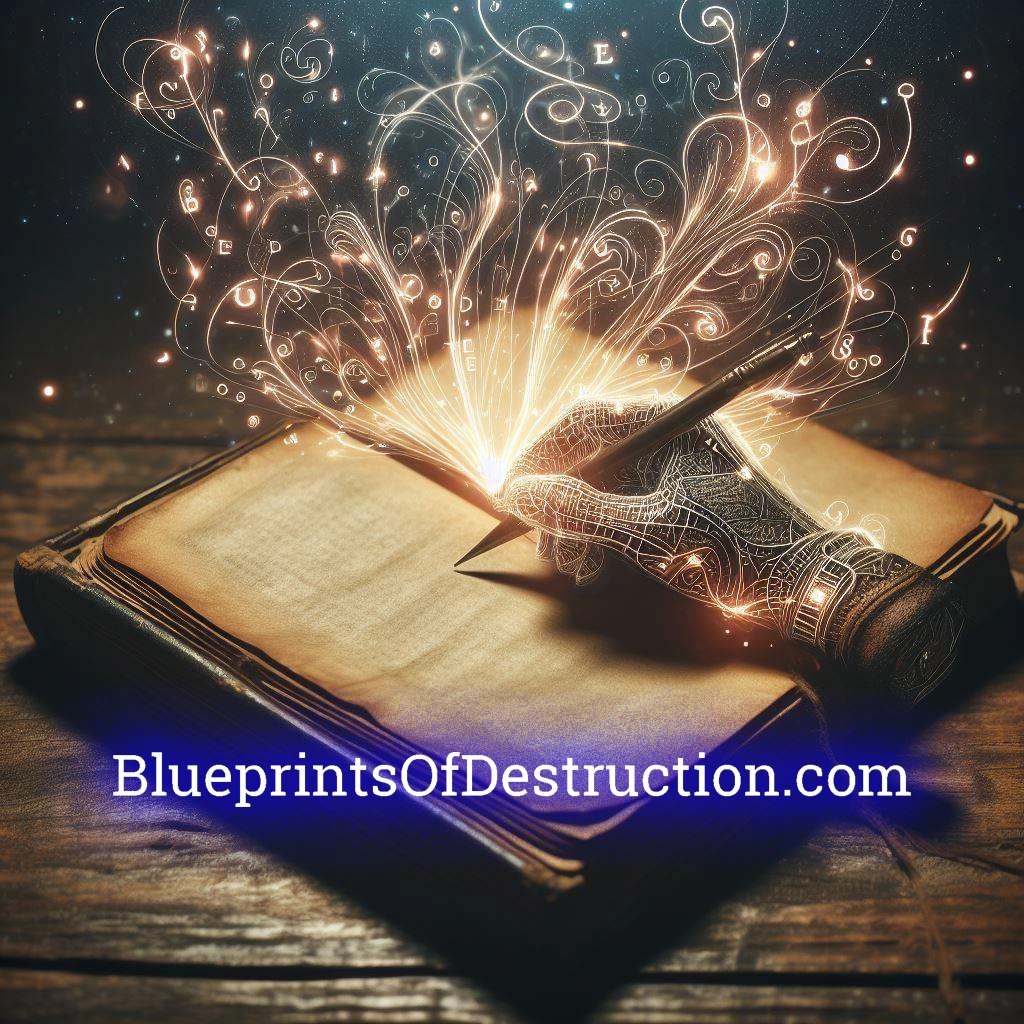- Home
- Planning Phase
- Story Ideas
Ideas for Writing a Story
Finally, Lucy convinced her dad, Frank, to help her figure out some ideas for writing a story. They put their heads together in order to brainstorm story ideas. It was such a monumental task ahead of them, and since they were not sure how to get started, they decided to brainstorm… well… how to brainstorm. They knew they needed a platform from which to launch, by outlining the basic setting, but their main concern, first, was good character development.
When PhranqenLu decided to start on their writing adventure, they decided they needed to come up with some basic ground rules, some parameters to help ensure they did not accidentally create a repeat of the same character throughout the storyline. They certainly did not want to have a cookie cutter approach, which might end up with their characters all beginning to look, act, and sound the same.
One of the parameters they discussed came from the fact Lucy was raised reading books. She read a lot of books. She knew what she wanted in a book. She loved the discovery of strange lands, exotic cultures, and fantastic characters. She hated romance in the stories she read, which she felt watered down the action and got the characters sidetracked from a decent plot.
One of the initial criteria Lucy insisted upon was that her story should be exciting and have unexpected twists and turns... even for her. The question arose, “How does one come up with ideas for writing a story in a way that they surprise even the one thinking them up?” That would become the primary focus for PhranqenLu pursuing a system of plot self-generation.
Frank and Lucy decided that after they came up with some general parameters in which to work, they would need to create a system which allowed characters, settings, and even the plot to generate something on its own. In order to be surprised by an unexpected twist, the authors decided they needed a system they did not have total control over, a device to generate some unexpectedly random events. They needed to come up with a way to be able to “discover” the story they were writing, rather than having to simply make it all up themselves. They knew their biases would shine through eventually, no matter how they tried to diversify characters and events.
They called their effort “Story Storm”. This would become a focused effort to document ideas for writing a story, with the purpose of discovering a way for stories and characters to write themselves, and for the plot to literally direct itself. Before Story Storm could really take off, PhranqenLu needed to outline the basic parameters of the world and settings (in no particular order).
Parameters of the Story
Lucy was the one who had the initial desire to build this story, so she and Frank decided her initial thoughts had to be the foundation of the story.
- The story would take place in a congestion of four multi-leveled cities (initially thirteen levels each), collectively called Qualx.
- There were (at first) to be twelve very different species living within the four cities.
- There would be quite a few technological differences from our own world, most of which would be based on specific differences of the various species. This would be discovered later to be the deliberate and intentional [BLOCKED TO AVOID TOO MANY SPOILERS]. Technology would be explainable and consistent, regardless of how fanciful.
- There would be no magic in the story, though the technology might be such as to come close to blurring the lines. Having said that, PhranqenLu decided there would always be solid science behind the variations in any laws of physics (even if that was believable, but completely fictional science). They did not want to run the risk of ever happening across a situation which ends up being resolved by the lazily written, “Magic fixed it.” (There is almost nothing worse than a previously-unknown type of magic saving the day in a given story, only to never again be used or even mentioned.)
- Slavery would exist, and it would play into the socio-political and economic dynamics of the setting, plot, and timeline.
- Pirates and mobsters, as well as dystopian government agencies would exist.
- Pirates and mobsters, as well as dystopian government agencies would exist.
- Initially, PhranqenLu believed the cities would all be at war with one another, though this developed differently as the story unfolded. Had this been the case, the cities' randomized conflicts would help drive the plot, and even determine how the story unfolded in the end. (This turned out to be a notable challenge, and as PhranqenLu worked on creating a system which would facilitate this, it ended up morphing into a completely different outcome.) [Don’t be upset when one of your initial thoughts turns out not to work out. That is all part of the process, and you may not be benefitted by being so stuck on that idea as to make it fit where it probably doesn’t.]
- Not all citizens would be equal with one another. Not all slaves would be equal with one another. And some residents would be neither citizens nor slaves.
- This would be a very difficult place to live, and would be shrouded in violence and danger.
- There would be no sexual content or specifically romantic content in the story, though the storyline would involve interpersonal evolving relationships to include characters getting married.
- There would be no humans, though there would be several species with distinctly human traits. All species would be different enough to know they are not human.
- Cross-species relationships would be permitted on a limited basis. Depending on what the species ended up like, there would be certain assessments to determine which species might be compatible and which ones would never be together.
- While there would be no explicit content, it would be possible for characters (whether of the same species or different species) to have offspring. Such offspring would not be a blend of their differing parental species’ traits, but would be determined to be 100% of either one or the other. This will be logically explained when the readers find out [BLOCKED TO AVOID TOO MANY SPOILERS].
- There would be no foul language in the story. Since mobsters and pirates are not known for their proper grammar and polite manners, expletives would be dealt with creatively in order to get the meaning across without actually using English expletives.
- When characters die, they are dead. There would be no arbitrary reversal of consequences to soften the blow, reverse the outcome, or otherwise pander to an audience who might be used to Hollywood cheapening character growth and development by removing any true adversity. There would be hard stakes at play, and permanent ramifications to weigh heavily upon the decisions being made.
- A character by the name of Xalenon Slatpostlandi was initially set to be the main character. Ironically, you won’t meet him in the first book. Don’t be disappointed or upset, though. He is still coming!
Ideas for Writing a Story
No matter what you want to write, or how much of the writing you have already done in your head, at some point you have to sit down and establish some basic parameters. It almost doesn’t matter what those boundaries are, as long as you set them and respect them. Keep the parameters you set consistent, and you will give your story weight, your characters depth, and your readers a reason to believe your story.
When you are jotting down your ideas for writing a story, give yourself some limitations. With the system Frank and Lucy are going to open up to you, you will see that sometimes giving yourself random boundaries will not only add some challenges for your characters, but might add some flair to your story, as well. Creating added limitations for your characters will give them another level of depth.
Common Types of Soon-to-be-Authors
There are two basic categories of soon-to-be-authors who have yet to start writing a story. Generally, they either fall into the group who has a general idea of something to write, with little detail, or they fall into the group who has a brain full of ideas. The second group has a bigger challenge, in some cases, as they might have ideas of things to write which contradict. If they don’t sit down and sort through all those ideas, it is possible they will begin writing only to get to a point where the next chapter will contradict much of what was already written.
Tips for Writing a Story
Type One Author
If you are part of the first group, sit down with a piece of paper and a pen, a tablet and a stylus, your favorite computer, or whatever medium you find gets your creative juices flowing the most (PhranqenLu uses composition notebooks and mechanical pencils).Take a few minutes to sit back, close your eyes, and envision whatever the focus of your story is. If it is a landscape, try to imagine the people, creatures, activities, and features of that landscape. If it is a character, try to imagine what he or she is wearing, the activities going on around them, and what kind of personality they are most likely to have. Now, open your eyes and write down everything you saw with your mind’s eye.
If you don’t have a well-developed storyline, setting, or list of possible characters, pick just one thing to focus on and begin brainstorming. This is where it might be a good idea to have something which can be more easily kept track of. These brainstorming ideas can suddenly get out of hand, and then you might even find yourself with the second group of soon-to-be-authors!
Type Two Author
If you are part of the second group, whether that is because you started out there, or because you worked yourself up to it with the exercise for the first group, now you are buried under a mental pile of great ideas. With any fortune, you will find yourself in a place where you won’t be able to use all of them. So, now you have to figure out what goes and what stays. Lay out your ideas and think about them as they relate to one another (PhranqenLu uses sticky notes for this step, putting one thought on each note, and moving the “pieces” around on the kitchen table.).
If all your ideas can be laid side-by-side, and every one of them will fit neatly into the same story, you might have felt overwhelmed at first, but now see it wasn’t as bad as your fears led you to believe. That is the point of going through this step. It might be that you find you are not actually part of the second group, after all. You might have only needed some structure to all your great ideas!
It certainly doesn’t mean you did anything wrong if you started with a coherent set of guidelines. Count yourself fortunate, and please don’t feel like you need to come up with anything more (at this point - trust us, the more will come) or that you are not doing enough. It only means you are probably ready to start putting details to the outline you already have. You very likely have enough to get started with the next step.
If, on the other hand, you find that you (like Lucy) have twenty six main characters you want to write about, an entire world to build with contradicting aspects and facets, and you have no idea where to begin, the system Frank and Lucy came up with in order to create PhranqenLu and the Blueprints of Destruction might be just what you are looking for.
Please don’t be confused. Blueprints of Destruction, and the self-generating plotline-filler system which allows an author to discover the journey just as much as the rest of the readers, is still a lot of work. On one hand, it takes a certain load of responsibility off the author, freeing him or her up to enjoy the story with everyone else. On the other hand, it is designed to drag that author into uncomfortable, and possibly unexplored, areas of their own mind, and make that author-to-be consider directions to the story which would have never occurred to them otherwise. It partly frees them from having to decide 100% of every decision, but it also has a tendency to run over their best ideas with very little consideration. In the end, perhaps PhranqenLu is a bit of a monster, after all.
